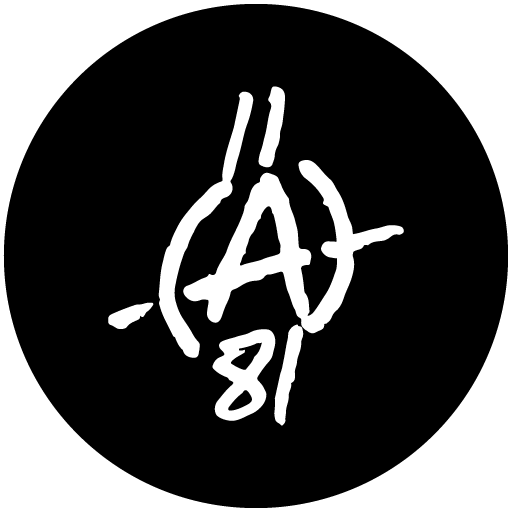The word Tessonism comes from the word tesson which means shards (a piece of glass, pottery, etc…). It’s the perfect word to describe the effect of the finished pieces. It is an idea that was created out of a need. For centuries artists who find themselves wanting to create work that doesn’t subscribe to a particular category sought out to create techniques and styles to support their creative endeavor. Tessonism isn’t any different. A few years ago I asked myself “How can I create something that lives on a flat surface but evokes a strong sense of dimensionality”. Paul Cézanne must have asked himself the same question before he painted Still Life with Onions. A piece that went on to inspire the Cubism movement. Naturally, I drew a lot of inspiration from those works. Also being a graphic designer, I love to work with shapes and forms, so I transitioned some of those design elements and ideas into the working process.
Tessonism is a combination of Cézanne’s approach and cubism. In Still Life with Onions, for example, Cézanne painted his objects in multiple angles to emulate the way our eyes focus on compositions. Pablo Picasso and Georges Braque on the other hand were more aggressive in their approach to the subject matters when they developed Cubism. The subjects looked more abstract and were usually segmented by harsh lines to separate the different planes in the composition. In other cases, visual separations would be implied by the juxtaposition of colors.
Although this process can be tedious, it has an imposing visual impact.
(1) The artwork is first sketched on the paper
(2) The paper is then crumpled to create texture
(3) The paper is uncrumpled, and the sketch is adjusted to give an offset feel on the planes of the paper, angles can also be adjusted in this step

The crumpled paper create a 3-dimensional surface with protruded and indented planes resembling a 3-D mesh. The piece also becomes dynamic because the different faces on the paper interact with the light around it to offer a slightly altered view based on where the viewer is standing. It works especially well with type because the words can appear and disappear as if it’s interacting with their audience. on canvas it resembles Cubism but is more realistic.Then crumpled paper create 3-dimensional with protruded and indented surfaces resembling a 3-d mesh. The piece also becomes dynamic because the different faces on the paper interact with the light around it to offer a slightly altered view based on where the viewer is standing. It works especially well with type because the words can appear and disappear as if it’s interacting with their audience. Since the process can’t fully be replicated on canvas, shapes and angles are used aggressively to convey depth and dimensionality.
To see more work in this style


